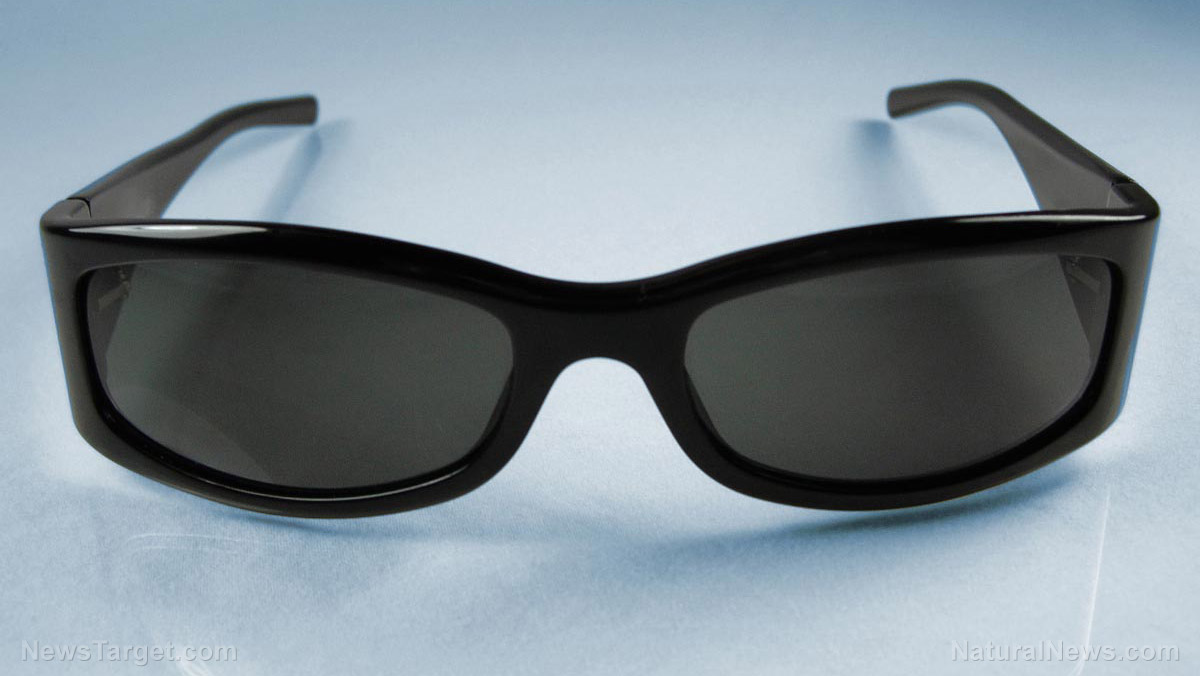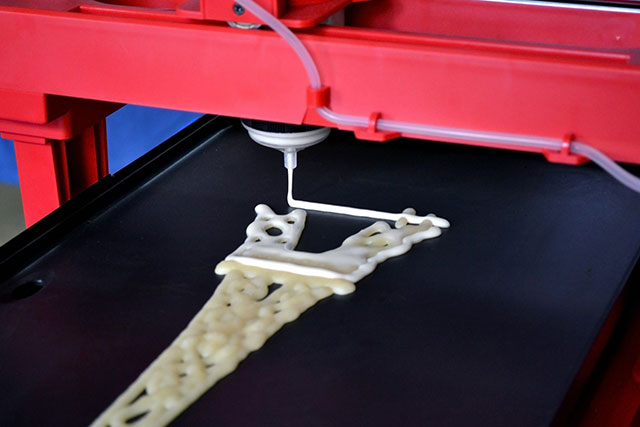Who needs wearable electronics when you can print them on your skin directly? That is the thinking that drove Minnesota-based researchers to customize a 3D printer so that it can put sensors and other temporary electronics on human skin, an article on Phys.org stated.
Using the skin of anything alive as a printing surface is difficult because the animal or human cannot help but move even when they are trying to hold still. However, the modified printer can compensate for this involuntary movement.
This technology has many promising applications. Soldiers could use it to put makeshift sensors on their bodies so they can be warned about the presence of biological or chemical warfare agents in their surroundings. Or they can print solar cells that can recharge night vision gear, radios, or other important electronic equipment.
And it’s not just limited to printing electronics. The University of Minnesota (UMN) researchers demonstrated that their printer can also apply biological matter like skin cells.
They demonstrated this ability by printing new skin cells on the wounded skin of a mouse. In addition to helping skin wounds heal, the technique could replace the current practice of surgically removing a healthy patch and transplanting it onto a section affected by a skin disorder. (Related: 3D-printed microneedles that can dissolve in your skin created by researchers.)
3D printing tool could become the Swiss army knife of the future
The UMN research team published their findings in the scientific journal Advanced Materials. The lead author, associate professor Michael McAlpine, enthused about the possibilities of their newly developed technology.
The 3D printer they modified for their experiments costs less than $400. It is light and can be carried by a single person.
McAlpine likens this portable tool to a futuristic Swiss army knife. He said an individual soldier could keep it in his backpack and pull it out if he had to print needed electronics on the skin.
As mentioned earlier, the modified 3D printer is able to compensate for the tiny movements made by the body during printing. It keeps track of temporary markers placed on the skin section that is going to be scanned.
“No matter how hard anyone would try to stay still when using the printer on the skin, a person moves slightly and every hand is different,” McAlpine remarked. “This printer can track the hand using the markers and adjust in real-time to the movements and contours of the hand, so printing of the electronics keeps its circuit shape.”
3D printer can apply silver flake ink to make skin electronics or bio-ink to print skin cells
Another innovation is found in the custom ink used by the new printer. Most 3D printing inks require high temperatures for curing, which would burn human skin.
To fix that problem, the UMN team developed a new ink that used flakes of silver. The noble metal can be cured and serve as a conductor at comfortable room temperatures, allowing it to be used on human skin without worry.
Temporary electronics printed using this ink are easy to remove. They can be peeled off with tweezers or washed away with water.
As for the use of the 3D printer in treating skin disorders, McAlpine and his teammates worked alongside rare skin disease specialist Dean Jakub Tolar. They used a special bio-ink to print new skin cells on the wounded skin of a mouse.
“I’m fascinated by the idea of printing electronics or cells directly on the skin,” McAlpine said. “It is such a simple idea and has unlimited potential for important applications in the future.”
Find out how new developments in 3D printing and other technologies can change your life at Inventions.news.
Sources include:
Phys.org
OnlineLibrary.Wiley.com



















